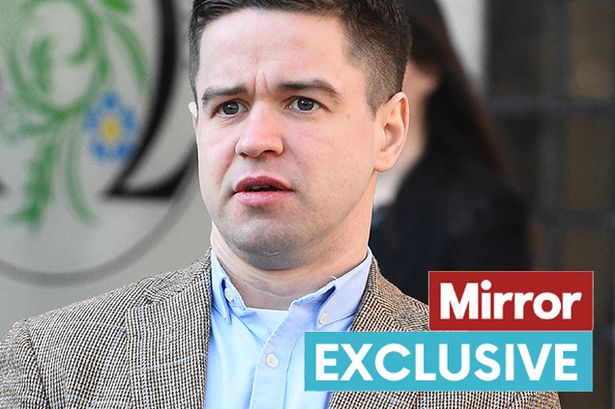Sam Hallam’s wrongful conviction for the murder of Essayas Kassahun represents a chilling example of a justice system gone awry. At the age of just 18, Hallam was swept into a vortex of flawed procedures, unreliable eyewitness testimony, and inadequate investigation, resulting in a seven-year prison sentence for a crime he did not commit. His case underscores the fragility of justice and the devastating impact of wrongful convictions, not only on the innocent individuals incarcerated, but also on their families and the broader community’s faith in the legal system. Hallam’s ordeal became a focal point for legal reform advocates and highlighted critical weaknesses within the criminal justice process, particularly regarding the use of eyewitness identification and the handling of group dynamics in investigations.
The events surrounding Kassahun’s death were chaotic and confusing. A fight broke out amongst a group of youths in Old Street, London, during which Kassahun was fatally stabbed. The subsequent police investigation focused heavily on eyewitness accounts, many of which were later proven to be inconsistent and unreliable. Amidst the confusion and pressure to secure a conviction, Hallam, who was present at the scene but maintained his innocence, became the prime suspect. The prosecution’s case relied heavily on the testimony of individuals who claimed to have seen him participate in the attack, yet their accounts differed significantly and were riddled with inconsistencies. Crucially, there was no forensic evidence linking Hallam to the murder weapon or the victim. The reliance on shaky eyewitness testimony, without corroborating evidence, proved to be a critical flaw in the prosecution’s case and ultimately contributed to Hallam’s wrongful conviction.
The trial itself further exposed the systemic issues at play. The defense team’s efforts to highlight the unreliability of the eyewitness accounts and the lack of forensic evidence were seemingly dismissed by the jury. The complexities of group dynamics and the influence of external pressures on witnesses were not adequately explored, resulting in a verdict that condemned an innocent young man to years of imprisonment. Hallam’s conviction sent shockwaves through his family and friends, who remained steadfast in their belief in his innocence. They embarked on a relentless campaign to clear his name, highlighting the flaws in the case and seeking avenues for appeal. This unwavering support and the dedication of his legal team would prove crucial in the fight for justice.
The eventual overturning of Hallam’s conviction was a hard-fought victory against a system resistant to admitting error. The Criminal Cases Review Commission (CCRC), an independent body responsible for investigating potential miscarriages of justice, took up Hallam’s case after years of campaigning by his supporters. The CCRC’s meticulous review unearthed fresh evidence, including new witness testimony and the revelation of inconsistencies in the original investigation. This new evidence exposed the fundamental weaknesses of the initial prosecution and highlighted the injustice of Hallam’s conviction. The Court of Appeal, after reviewing the CCRC’s findings, quashed Hallam’s conviction in 2012, finally exonerating him after seven years of wrongful imprisonment.
The ramifications of Hallam’s wrongful conviction extend far beyond his personal ordeal. His case served as a catalyst for important reforms within the criminal justice system, particularly in the area of eyewitness identification. The flaws exposed in Hallam’s case prompted a renewed focus on the fallibility of eyewitness testimony and the need for more rigorous procedures to ensure its reliability. The case also emphasized the importance of thoroughly investigating all potential leads and avoiding tunnel vision in investigations, where a premature focus on a particular suspect can lead to the overlooking of critical evidence. Hallam’s case became a textbook example of the dangers of over-reliance on eyewitness testimony without corroborating evidence, prompting calls for greater scrutiny and caution in its use.
Sam Hallam’s story is a potent reminder of the vulnerability of individuals within the criminal justice system and the devastating consequences of wrongful convictions. His seven-year ordeal not only robbed him of his freedom and formative years but also highlighted systemic weaknesses that demand ongoing attention. While his eventual exoneration offered a measure of justice, it also underlined the need for continuous vigilance in safeguarding the rights of the accused and ensuring that the pursuit of justice does not come at the expense of the innocent. Hallam’s case remains a stark reminder of the importance of due process, thorough investigations, and the constant pursuit of truth within the criminal justice system. It serves as a testament to the resilience of the human spirit in the face of adversity and the enduring power of hope even in the darkest of times. His story continues to inspire efforts towards reform and serves as a cautionary tale against the dangers of complacency in the pursuit of justice.














